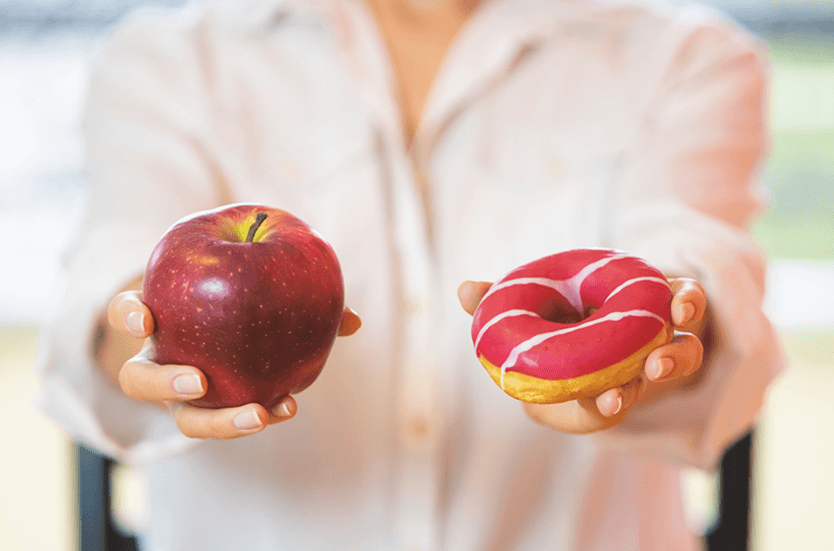Being mindful of the language used when discussing lunches and snacks.
Talking about Food in the Classroom
Teachers understand the importance of creating a safe and respectful classroom environment. Consider this as it relates to messaging around food eaten in the classroom.
You have likely heard phrases like “good or bad” or “healthy or unhealthy” to describe foods. Foods that don’t fit neatly into Canada’s Food Guide are considered nonessential or “junk food”. When talking to students, it can be easy to categorize foods this way. However, this framing can lead to students feeling ashamed, guilty and embarrassed. This can be harmful to their relationship with food and can lead to future eating problems.
Students have limited influence in food purchases and the food they bring to school. Parents or caregivers typically make these choices. Many factors influence a caregiver’s ability to purchase and prepare meals for their family such as medical conditions, culture, preferences, food skills and income.
It’s important to consider that many families face food insecurity, which means there is unreliable or limited access to safe, affordable and nutritious food at home. What a student brings to school may be the only food available. Pause to consider all of these factors when you are concerned about a student’s food choices. Like you, parents and caregivers are trying their best to support children.
How can you create a safe space for all students? Keep messaging around food neutral. Avoid comparing students’ snacks or lunches. Pause before categorizing student food choices as “good or bad”. Have a private conversation with the parent or caregiver without the student present, if you are concerned about food a student brings from home.
Food and Nutrition Education
Education will help students make food decisions that respect the reality of their needs.
- Have fun incorporating food into lesson plans. Math, science and language arts curriculum outcomes can all benefit from creative food-based activities. A great way to support this is by cooking in the classroom.
- Discuss how foods look and feel, where foods come from and different ways to eat them rather than referring to food as good versus bad.

